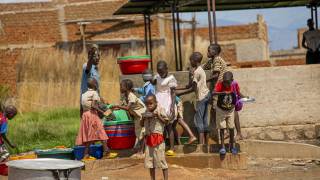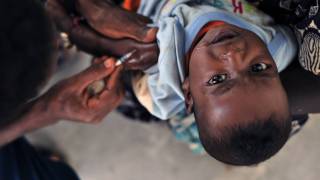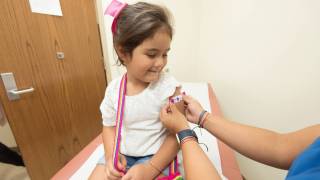Vaccine Schedules Updated by the CDC

Three times each year, the Centers for Disease Control and Prevention (CDC) sets the child/adolescent and adult immunization schedules on the basis of recommendations from the Advisory Committee on Immunization Practices (ACIP).
When developing vaccine recommendations for children and adults, the ACIP considers many factors, including disease epidemiology, vaccine safety and effectiveness, the feasibility of program implementation, and economics of immunization policy.
During ACIP committee meetings, members present findings and discuss vaccine research and scientific data related to vaccine effectiveness and safety, clinical trial results, and manufacturer’s labeling or package insert information.
The ACIP includes medical and public health experts from various universities, government agencies, and research organizations.
When the ACIP vaccine recommendations are approved by the CDC director, they become agency guidelines on the date that they are published in Morbidity and Mortality Weekly Report.
On February 21, 2018, the CDC released the updated 2018 child/adolescent/adult immunization schedules.
Key Changes: 2018 Child/Adolescent Immunization Schedule:
- MenHibrix (Hib-MenCy). This vaccine has been removed from the schedule as it is no longer available.
- Hepatitis B vaccine (HepB). The HepB footnote was revised to include information regarding vaccination of infants weighing < 2000 g born to HBsAg-negative mothers. These infants are recommended to receive the birth dose of HepB at chronological age 1 month or hospital discharge.
- Measles, mumps, and rubella vaccine (MMR). The MMR footnote was updated to include guidance regarding the use of a third dose of mumps-containing vaccine during a mumps outbreak. Persons ≥ 12 months who previously received ≤ two doses of mumps-containing vaccine and are identified by public health authorities to be at increased risk during a mumps outbreak should receive a dose of mumps virus–containing vaccine.
- Polio vaccine. The inactivated poliovirus rows of the catch-up schedule have been edited to clarify the catch-up recommendations for children 4 years of age and older, and the poliovirus vaccine footnote was revised to include updated guidance for persons who received oral polio vaccine as part of their vaccination series.
- Rotavirus vaccine. The maximum ages for administration of the first dose (14 weeks, 6 days) and last dose (8 months, 0 days) of the rotavirus series have been added to the rotavirus vaccine row of the catch-up schedule.
Key Changes: 2018 Adult Immunization Schedule Changes:
- MMR: Administer one dose of MMR to adults who previously received ≤ two doses of mumps-containing vaccine and are identified by a public health authority to be at increased risk during a mumps outbreak.
- Zoster vaccines: Administer two doses of recombinant zoster vaccine (RZV; Shingrix®) 2-6 months apart to adults age 50 years or older, regardless of past episode of herpes zoster or receipt of zoster vaccine live (ZVL; Zostavax®).
- Note: ZVL has replaced the term HZV (herpes zoster vaccine) that was used in past adult immunization schedules to refer to the live zoster vaccine.
- In adults who previously received ZVL, administer two doses of RZV 6 months apart, at least 2 months after the dose of ZVL.
- For adults age 60 years or older, administer either RZV or ZVL, though RZV is preferred.
- Meningococcal vaccine. MPSV4 (4-valent meningococcal polysaccharide vaccine) is no longer available and has been removed from the adult immunization schedule.
The 2018 childhood and adult immunization schedules in full with footnotes are available at the CDC immunization schedule website.
For further guidance on the use of each vaccine included in the schedules, healthcare providers should refer to specific ACIP vaccine recommendations.
Our Trust Standards: Medical Advisory Committee
- Best Practices Guidance of the Advisory Committee on Immunization Practices (ACIP)
- ACIP Vaccine Recommendations and Guidelines
- Recommendations of the Advisory Committee on Immunization Practices for Use of Herpes Zoster Vaccines
- Vaccine-Specific Recommendations (by Date Published)
- MEETING OF THE ADVISORY COMMITTEE ON IMMUNIZATION PRACTICES (ACIP)

























